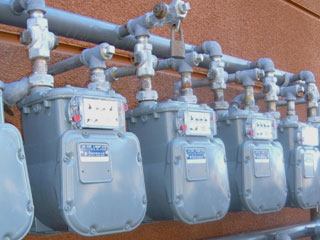Proposition 218 is pushing California’s conservation-pricing programs to evolve. Conservation-pricing programs use price signals to discourage the waste of water. Currently, such programs commonly rely on tiered rates. Customers pay a flat fee for a “basic use allocation,” which “provides a reasonable amount of water for [each] customer’s needs and property characteristics.”1 Once the basic use allocation is exhausted, a higher rate is charged for each additional unit of water consumed.2 Tiered-rate programs have proven effective even when per-unit price increases are small. Historically, both California’s Legislature and its courts have favored such programs, finding them consistent with Section 2 of Article X of the State’s Constitution, which states that “the conservation of [the State’s] waters is to be exercised with a view to the reasonable and beneficial use thereof.”3
Tag: rates
California Wastewater Rates — Life after Bighorn v. Verjil
In California, voters passed Proposition 218 in 1996, which added articles XIII C and XIII D to the state Constitution. These articles set limits on property-based revenues (taxes, assessments, fees, and charges), and require voter approval for most increases. Particularly pertinent to wastewater rates is the inherent friction between Article XIII C Section 3, which affirms the right of voters to reduce their local property-related bills, including their wastewater rates, and Article XIII D Section 6, which allows local governing bodies to raise wastewater rates without voter approval.1 This paper discusses that friction as set forth in Bighorn-Desert View Water Agency v. Verjil, 39 Cal.4th 205 (2006), and explores relevant jurisprudence supporting a compromise between rate reductions and statutorily mandated rates.

